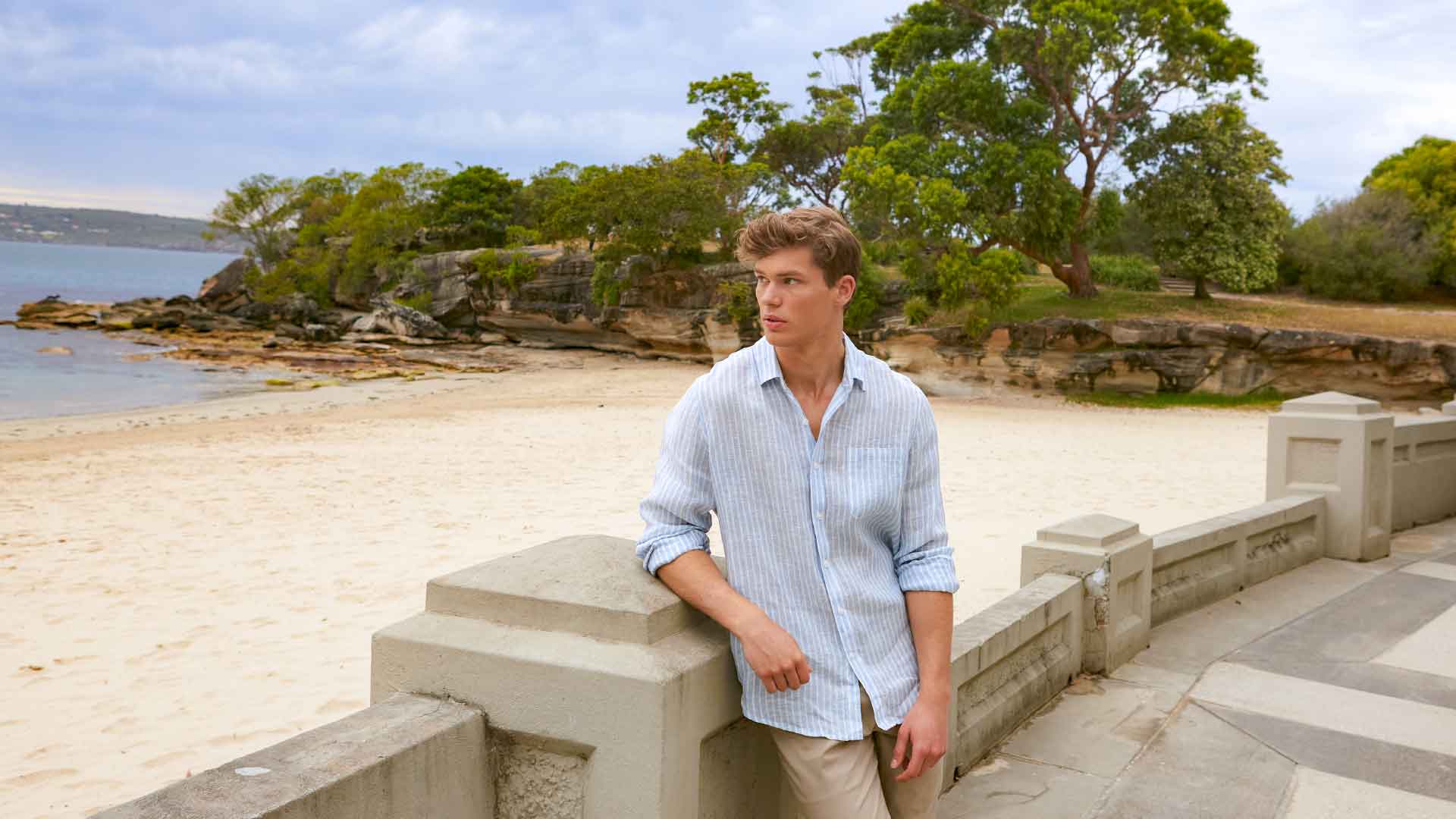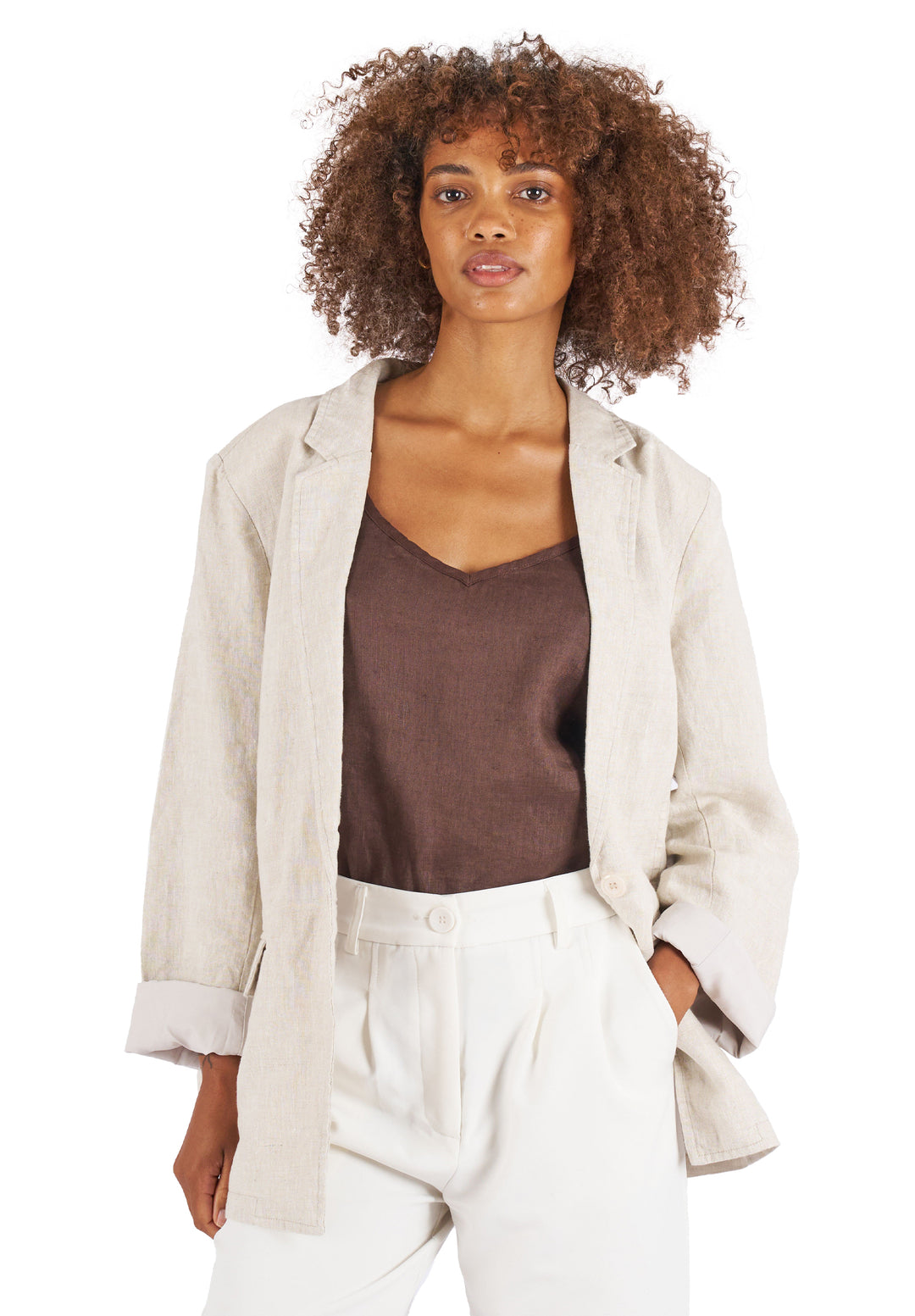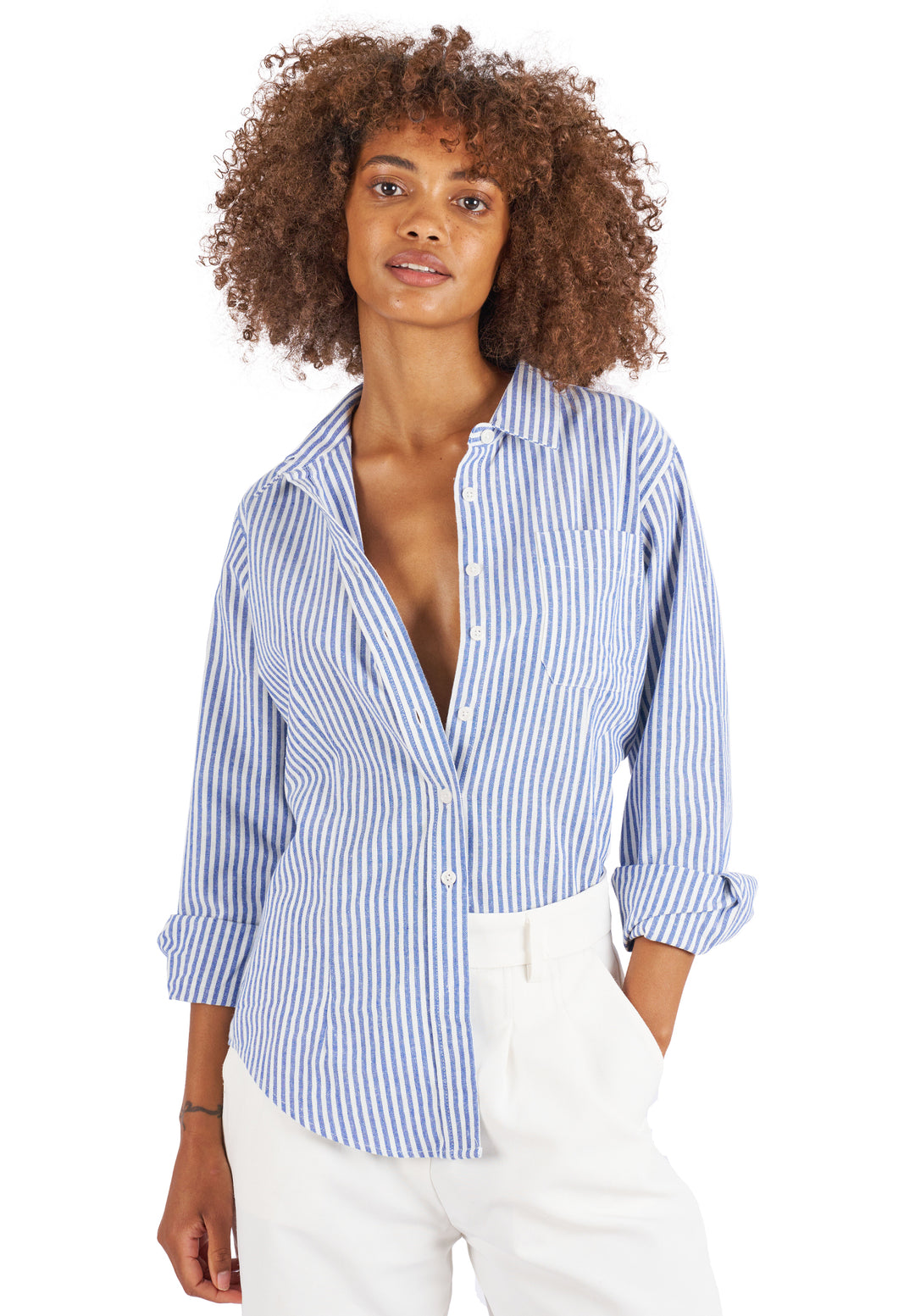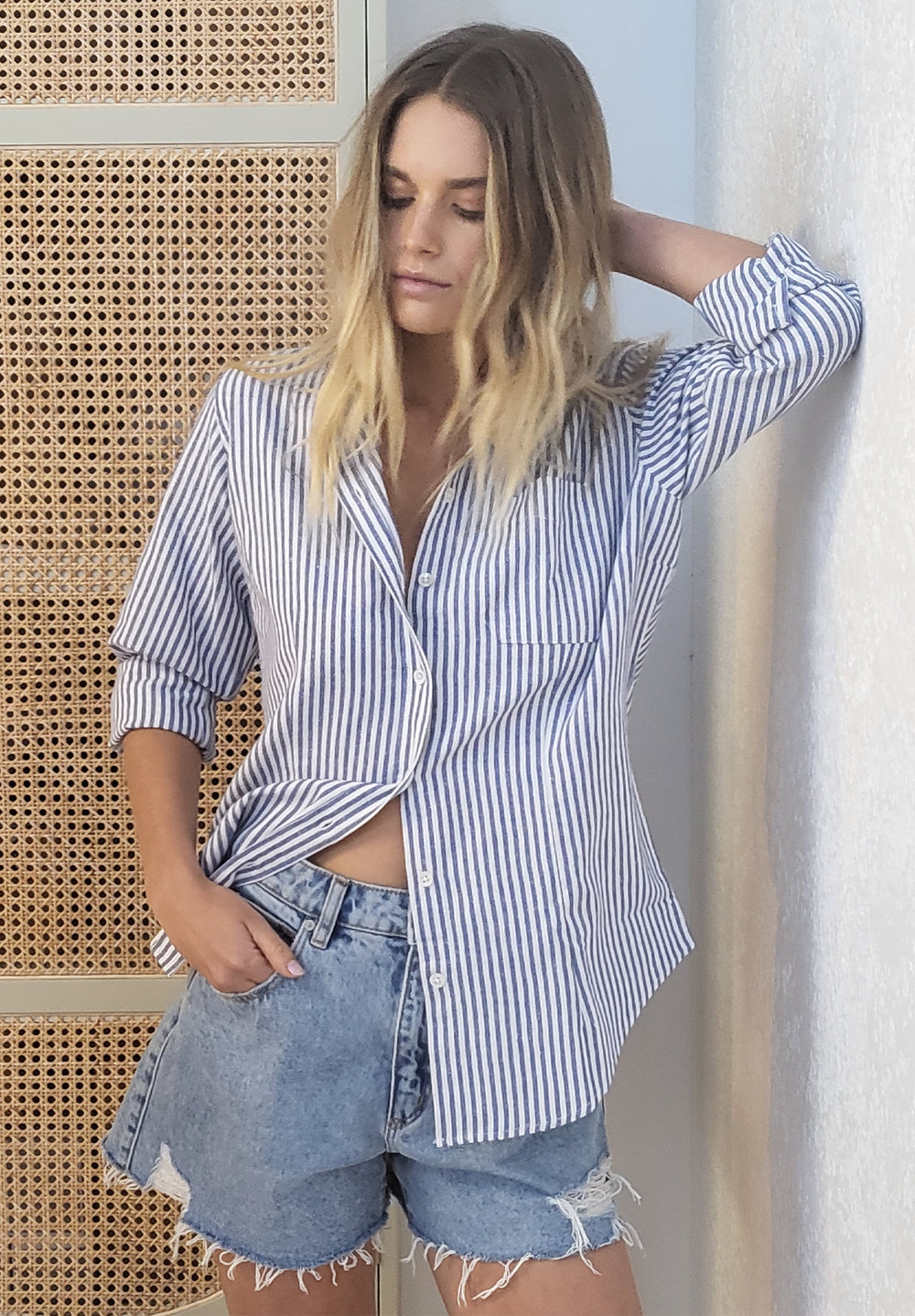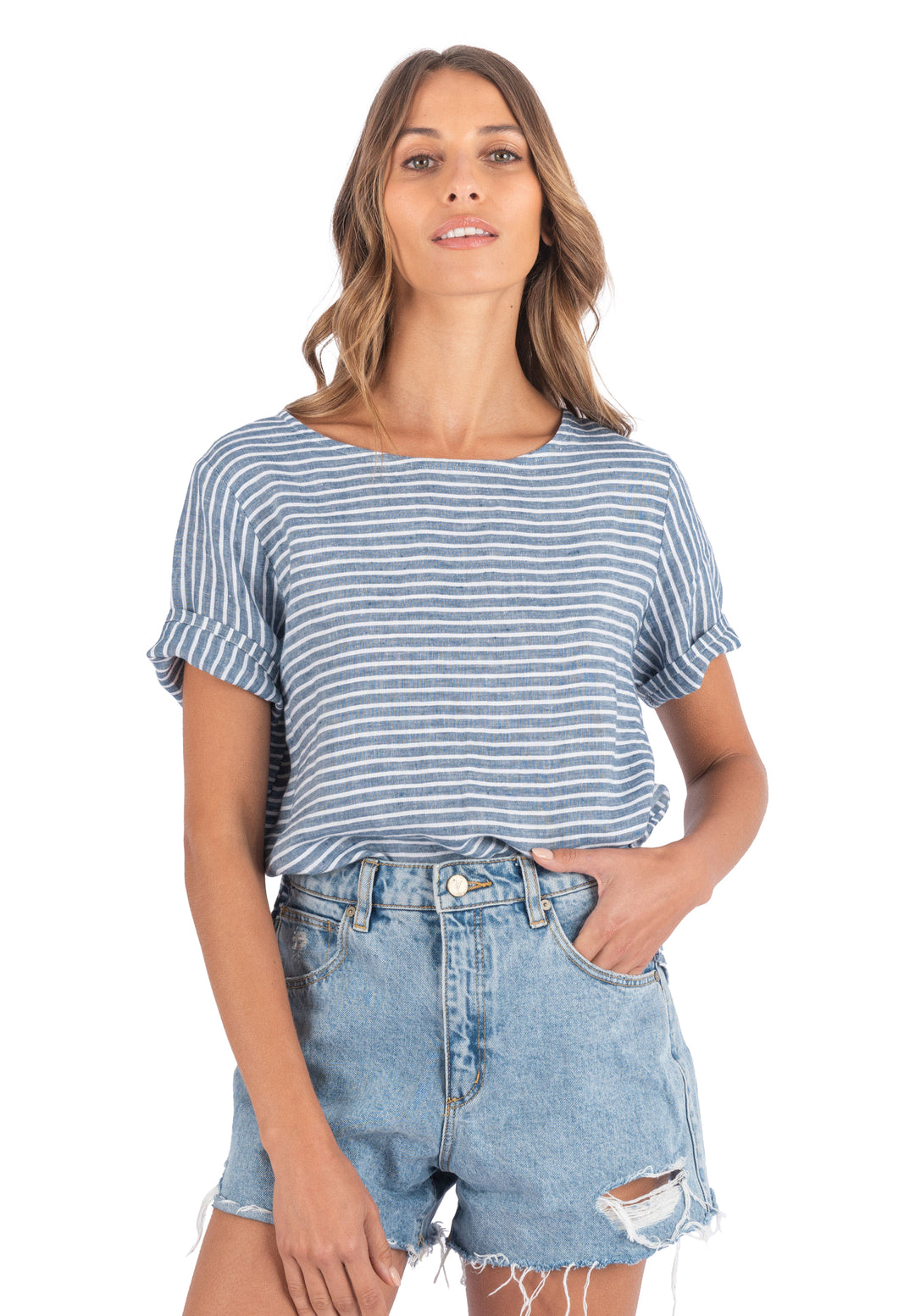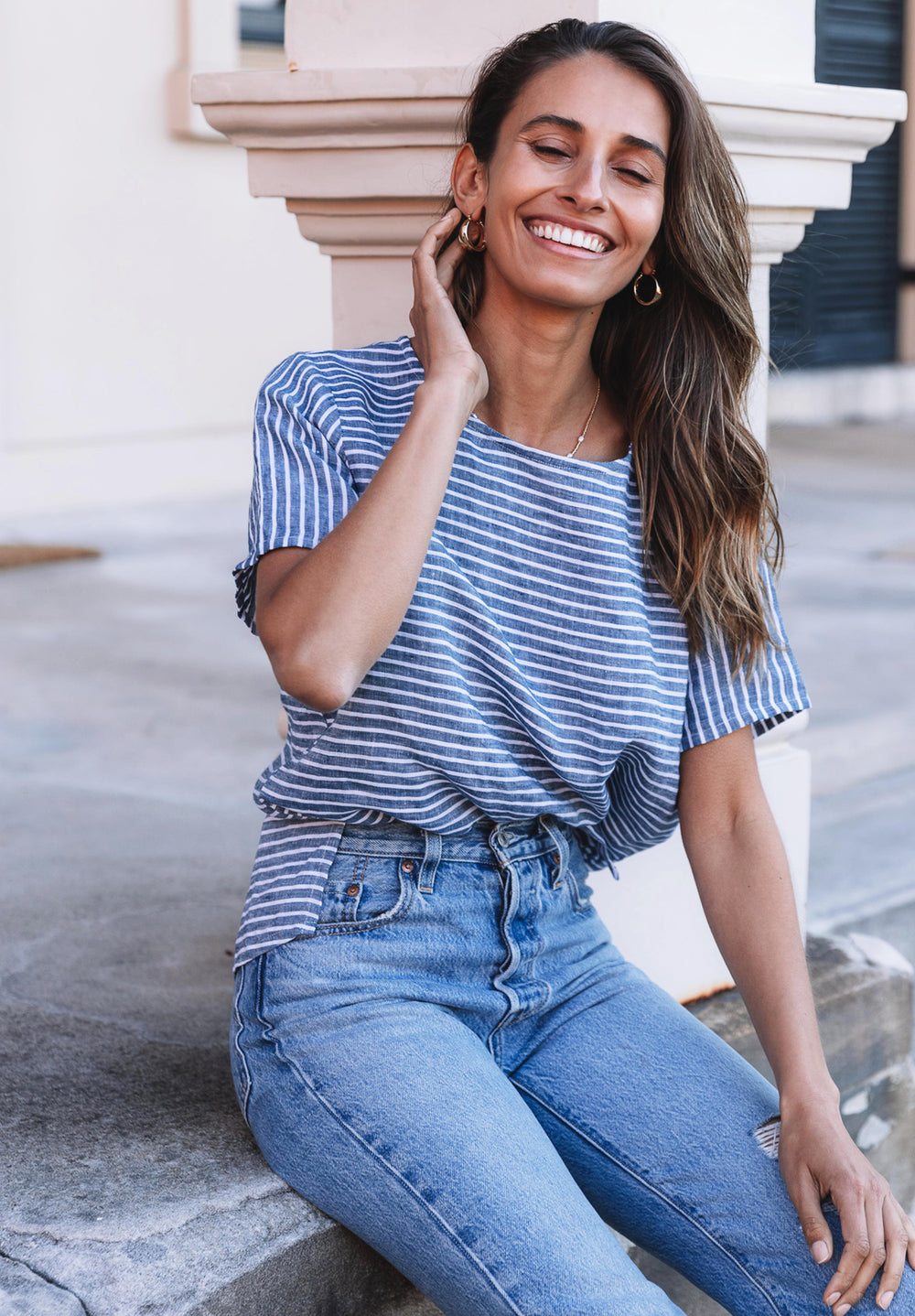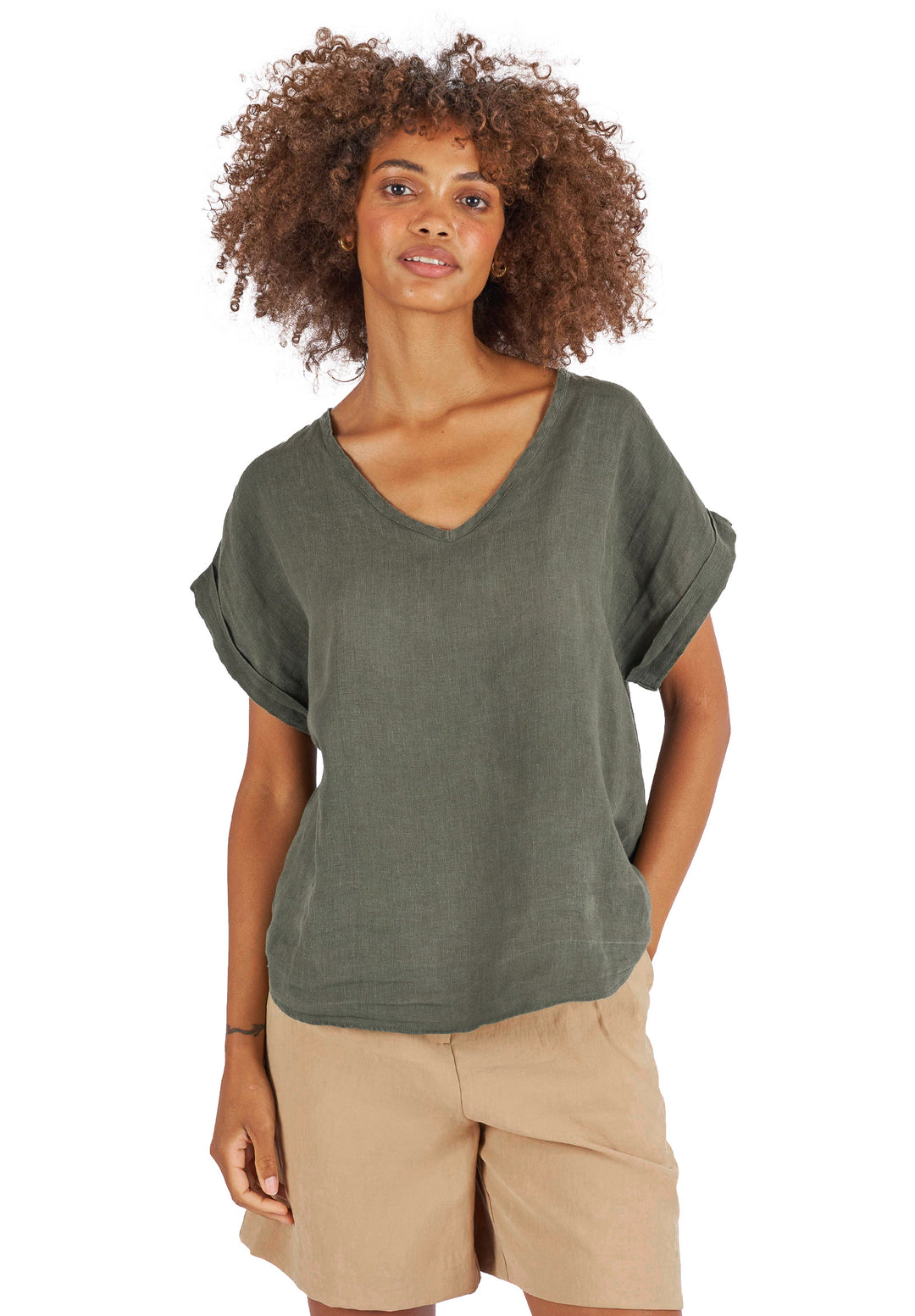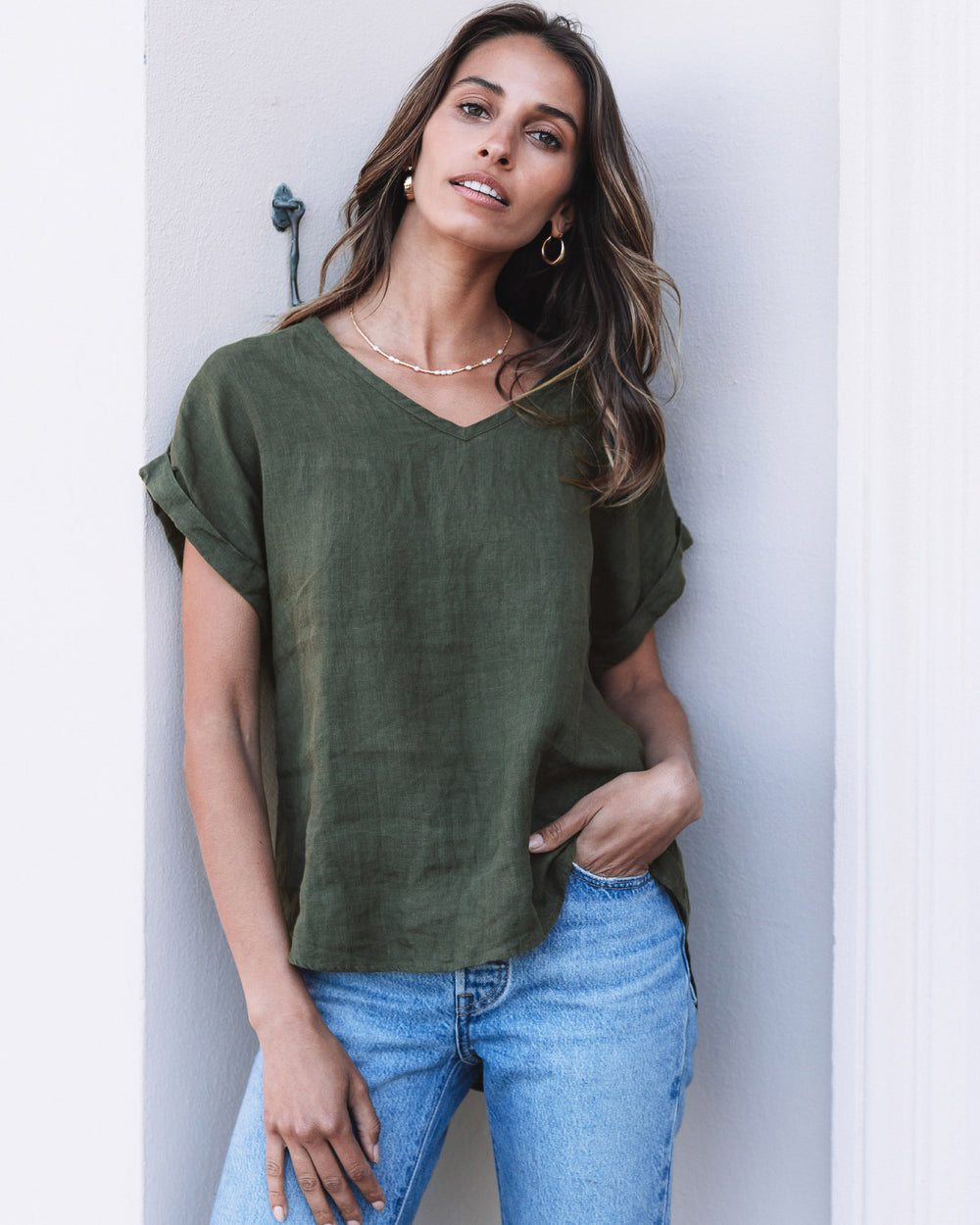The Story of Silk
Silk is a natural, animal, raw material, a protein. An insect, called a Bombyx mori, which only eats mulberry leaves, produces it. The insect’s larva produces the cocoon of silk, made of hundreds of metres of continuous silk thread that the larva winds, and that man will use by unwinding it.

The silkworm that has learned not only to leave with the man in the course of ages, but also to adapt itself to the man’ changeable demands.
It’s hard to establish the right age of the beginning of the silkworm-breeding: it seems it all started in China 2500/3000 B.C. or India in 600 B.C.
However, the Chinese kept the secret of the silk-thread production for ages selling the products at a very high price.
The Roman Empire knew silk, though they only began producing it around 550 AC. It seems the monks of the Justinian Emperor hid silkworm eggs from Constantinople in some reeds.
Only towards 1000 or 1100 A.C. silk spread over the Mediterranean. Silk manufacture extended from Sicily (Italy) to other provinces in Northern Italy and France.
Types of silk
Today there are numerous types of silk on the market at all price points. The raw material is not all the same. There are silkworms… and silkworms. Weaving and dyeing, as always, make all the difference. A quality item of silk clothing is not cheap.
There are many different types of silk fabric: very fine, almost weightless and heavyweight, woven and knitted, glossy and matte, stiff and flowing, well draping, translucent and opaque, structured and flat...
The more expensive weaving methods are used to produce chiffon silk: ultra lightweight, fine, transparent fabrics, and georgettes: lightweight but less so than chiffon and they drape better. Chiffon and georgette are also crêpes, irregular to the touch. Silk organza is made using the same process.

Crêpe: soft and compact, with a crinkle hand, and drapes well. This effect is obtained with silk threads that have undergone an extensive, and therefore expensive, twisting process.
There are three types of crêpe silk: Crêpe Georgette (super light and transparent), Crêpe de chine (great for shirts) and Crêpe Marocaine (heavy drape, ideal for dresses).
Satin (some call it Charmeuse to distinguish it from artificial satin) is soft and glossy on one side, and matte on the other. The word satin means "shiny silk" appearance.
Sand-Washed Mulberry Silk It’s a soft medium weight fabric with a smooth surface and a beautiful fluid drape. Sand washing is one of the post-treatments for silk fabrics and it makes the fabric feel softer and removes the shiny appearance you get from silk satin. It has a peach skin hand and may remind you of velvet, in the way it reflects the light.
CAMIXA silk shirts come in
- Satin Charmeuse (no pockets, boyfriend fit) in 9 colors.

- Crêpe de chine (one pocket, slim-fit) in 5 colors.

- Sand-washed Mulberry silk (two pockets, boyfriend fit) in 15 colors and patterns.

Benefits of silk
Because of its natural protein structure, silk is the most hypoallergenic of all fabrics;
An all-climate fabric, silk is warm and cozy in winter and comfortably cool when temperatures rise. Its natural temperature-regulating properties give silk this paradoxical ability to cool and warm simultaneously. Silk garments thus outperform other fabrics in both summer and winter, plus, silk worn as a second layer, warms without being bulky!
Silk is highly absorbent and dries quickly. It can absorb up to 30% of its weight in moisture without feeling damp. Silk will absorb perspiration while letting your skin breathe.
Its relatively robust and its smooth surface resists soil and odours well.










